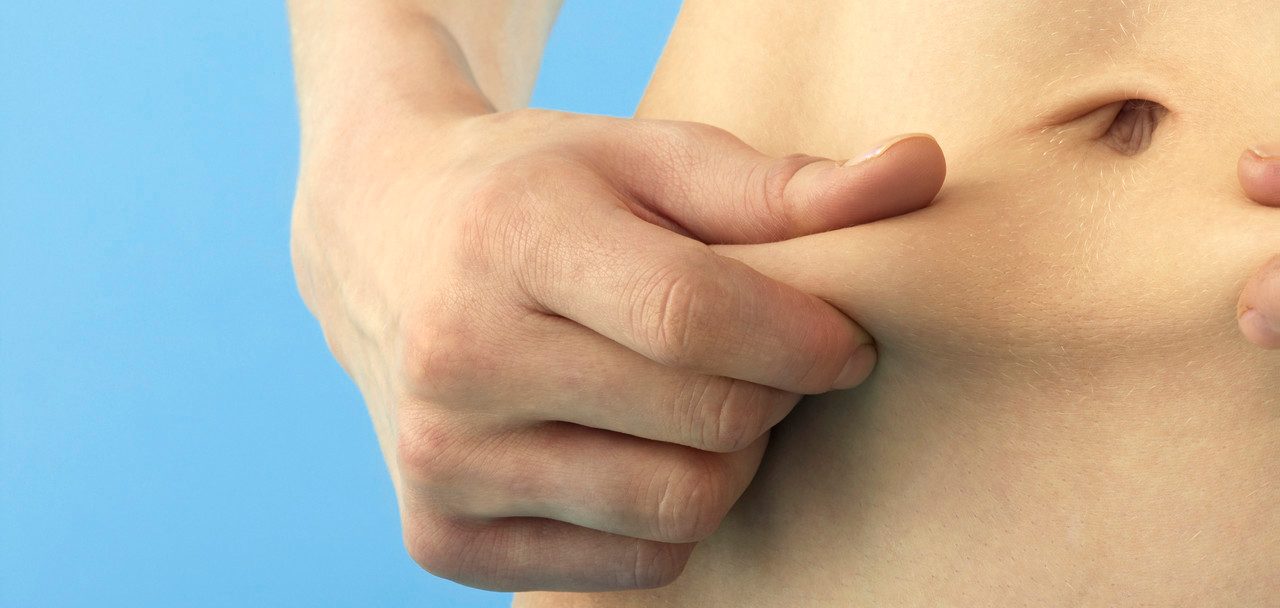How Successful Is Bariatric Surgery?

You’re likely to lose weight, but it’s not yet clear how long you’ll benefit.
To see what a body looks like right after bariatric surgery, look online. It’s not a pretty sight. But surgery may still be attractive compared to obesity. If over many years, you’ve been unable to lose weight or maintain a healthy weight, you are probably already suffering some of the consequences of obesity — a long list of risks that includes diabetes, heart disease, sleep apnea, joint problems, and migraines, as well as certain cancers. Alongside the health risks, the social stigma attached to obesity can affect your job and marriage prospects. Even teenagers are increasingly having these operations, which aren't risk-free but are safer than being obese over the long run.
Just be clear: even after the pain and inconvenience of surgery, you may not lose as much weight as you’d like, stay as thin as you’d like to be, or solve your current health problems. Much depends on the specific reasons you became obese — for instance, your gut bacteria may make a difference. You are likely to enjoy a dramatic weight loss in the first six months or year and be significantly thinner than you are now after three years.
There are three popular options: Roux-en-Y gastric bypass, laparoscopic adjustable gastric banding, and the “sleeve” procedure.
In the Roux-en-Y gastric bypass, popularly known as “RNY” or “RYGB,” your stomach is reduced to the size of walnut and attached to the middle of the small intestine, bypassing a section of the small intestine. Afterwards, your body won’t be able to absorb as many calories. There’s a slight chance you’ll have a heart attack or stroke during or after surgery; the risks include blood clots in the legs and breathing problems.
In the first post-surgery week, you’ll experience some pain, and you’ll need to stick to small amounts of soft foods and liquids for a month. If food moves through you too quickly, you could feel faint, shaky, and nauseated, develop diarrhea, and have trouble getting enough nutrients. (You'll also need to take special vitamin supplements for the rest of your life.)
Slowly, you’ll be eating more foods. You’ll need to chew everything well and stop as soon as you feel full; if not, you may get nauseated and vomit. To avoid malnutrition, you may need to plan meals and take vitamins. Drinking lots of soda or fruit juice will keep the pounds on. If you continually overeat, your stomach could stretch. People begin regaining weight after two years and in some cases earlier. You know what’s coming: the trick is to limit that weight gain.
One overview following 2,458 patients, mainly women, identified several paths your weight might take after RYGB. Nearly half of the patients lost weight for two years, getting down nearly 35 percent. In year three, their weight crept up, and they ended up with a 30 percent loss. A quarter did better, losing more than 40 percent of their weight, which crept up only slightly in year three.
On the other hand, some people lost less and began regaining sooner. Roughly a fifth began regaining weight after a year and ended up with a loss of around 20 percent. About 2 percent began to regain after six months, ending up after three years with a loss of 10 percent or so.
At the end of the three years, the majority had seen improvement in symptoms of diabetes and measures of heart-disease risk; a smaller group solved a high-blood pressure problem.
This study also followed 610 patients who had a laparoscopic adjustable gastric banding (LAGB) procedure, which is considered safer but usually results in less weight loss. In this option, the surgeon wraps a ring or band around your stomach with a thin tube attached. Later, your doctor can tighten the band by adding saline through the tube or take saline away to loosen it. With this procedure, the majority of patients in the study — 62 percent — lost 15 percent of their weight in the first year and remained stable over the next two. But 19 percent began regaining after six months and ended up not far from where they started after three years. Compared to RYGB, banding was much less likely to address diabetes, high-blood pressure, or heart-disease risk factors. People are also likely to undergo another procedure, looking for more weight loss.
In the “sleeve” procedure, which is older but still the most common, your surgeon divides the stomach and staples it vertically, creating a tube or banana-shaped pouch that can hold much less food than before. The sleeve procedure brings results comparable to an RYGB.
Any surgery has risks: with these procedures, 10 to 17 percent of patients run into complications, and about 7 percent have a second operation. Very few die.
Should you do it? Weigh the consequences of your obesity against the risks. Ask yourself if you’ve done everything possible to lose weight and keep it off. If you decide to go ahead, you might look online again at the wealth of exciting before-and-after shots, showing formerly obese people looking happy and buff. Now ask yourself if you are committed to changing any habits that could put the pounds back on; you’ll need to be.
Updated:
April 06, 2020
Reviewed By:
Christopher Nystuen, MD, MBA